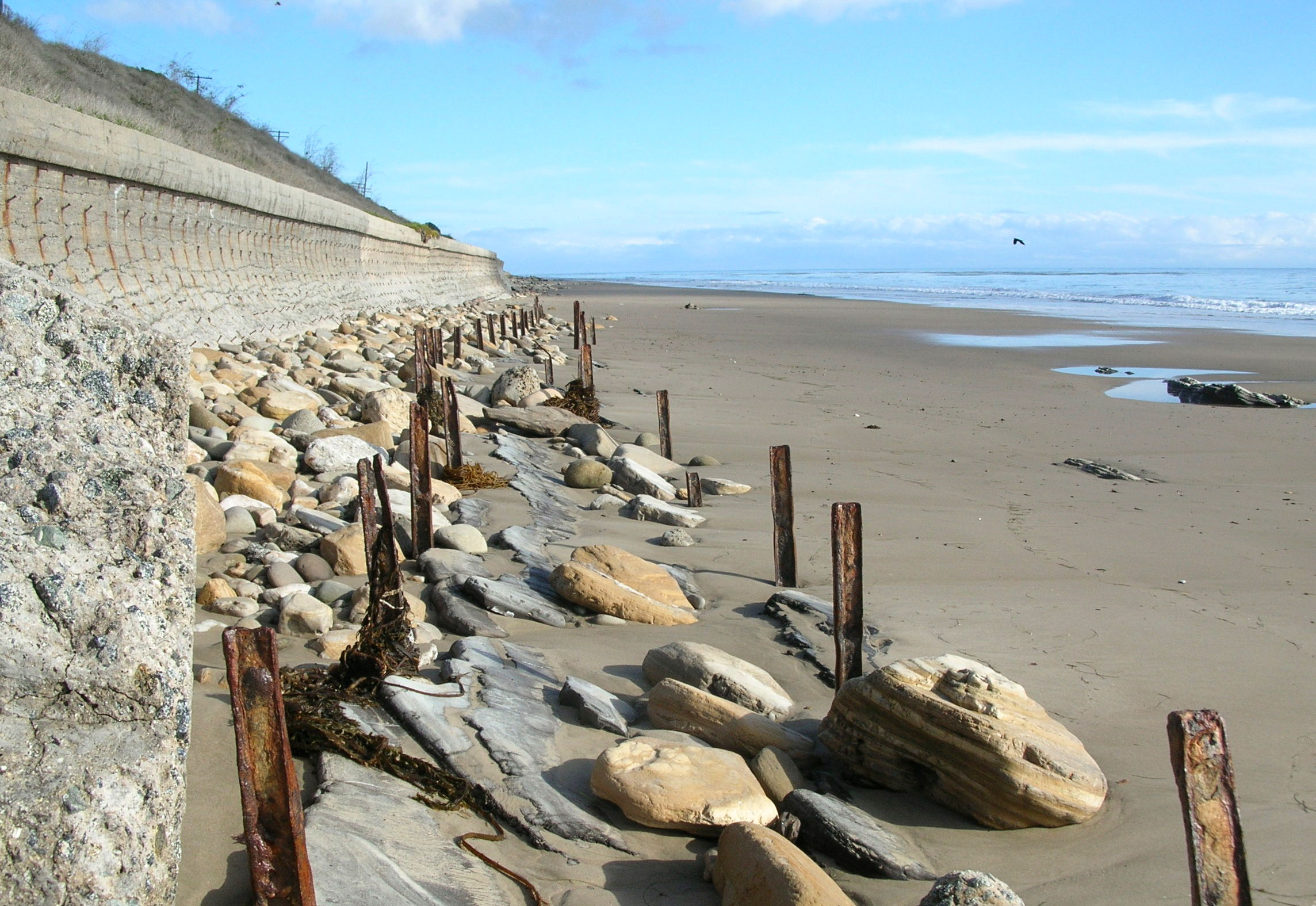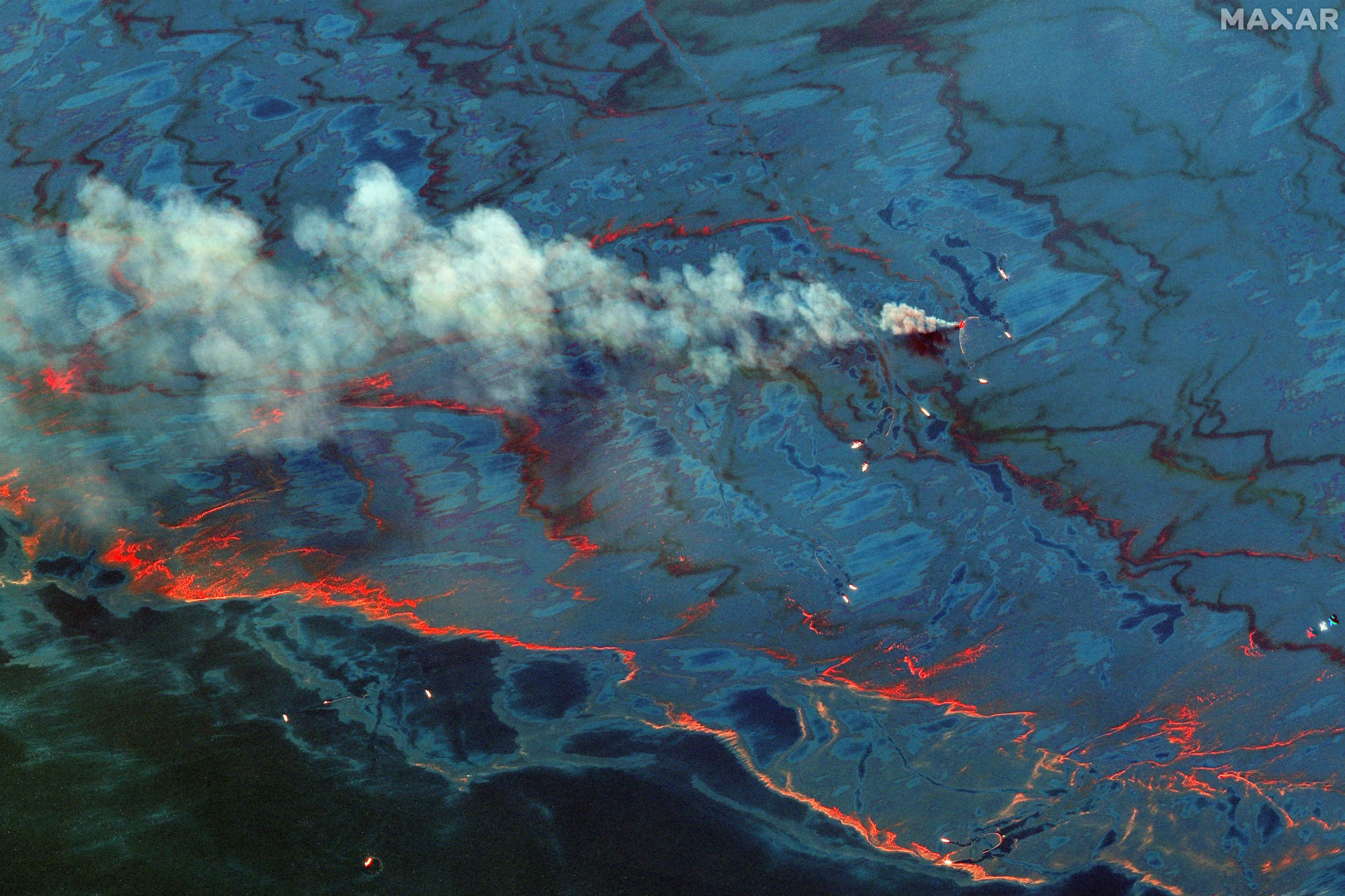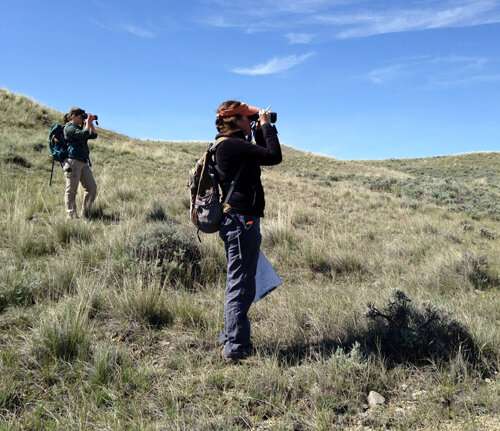Bernard Ryan indicated News 6 his hurricane confirmation home that sits right along A1A in Flagler Beach.
“The reason we moved here was to get away from the hurricanes in Louisiana,” he said.
Ryan has been fortunate up until this point and possibly lost a few shingles during Hurricane Matthew when the rushing waters cleared out a 1.3 mile stretch of A1A.
From that point forward, the Florida Department of Transportation fabricated an underground seawall north of 18th Street to Osprey Drive and made deep French depletes up and down the street. Ryan might want to see a seawall put before his home to secure his property.
“If we have another one that hangs off the coast here and we get a lot of tidal surges, yeah, I’m going to be very concerned. If we had a seawall, I would not be as quiet as concerned. The road itself, all we have is coquina rocks and the coquina rocks aren’t going to stop the water.”
Seawalls are a costly solution. As indicated by a Center for Climate Integrity report, Florida could spend $75.9 billion for more than 9,000 miles of seawalls constantly 2040. Some contend it’s a bandaid for the genuine issue that is making record floods and raging storms.
Dr. Jason Evans, Executive Director for the Institute of Water and Environmental Resilience at Stetson University said Florida is upfront for sea level rising issues since it’s low lying. He said the gradual ascent in sea levels has to do with the change in the Earth’s climate.
“A warming of the oceans, ice melting from areas like Greenland and that is essentially causing the volume of the sea to go up,” said Dr. Evans.
As indicated by Dr. Evans, numerous factors are adding to this change including people.
“We do believe as scientists, that the number one thing that’s driving climate change has to do with greenhouse gases, and so those come out of our cars, they come out of our power plants,” said Dr. Evans.
Florida has a lot of coastal properties worth billions of dollars and Dr. Evans said it’s important to be proactive like cutting greenhouse gas emissions and investigating new sorts of energy systems.
“We want to deal with the source of the problem, which is climate change, because once we get beyond a certain level of sea-level rise, the amount of expense, it just becomes too overwhelming to even think about,” said Dr. Evans.
Stetson University Institute for Water and Environmental Resilience has gotten a $185,000 two year Florida Sea Grant to collaborate with the East Central Florida Regional Planning Council to implement a landscape conservation and climate resilience planning project.
Disclaimer: The views, suggestions, and opinions expressed here are the sole responsibility of the experts. No News Feed Central journalist was involved in the writing and production of this article.



